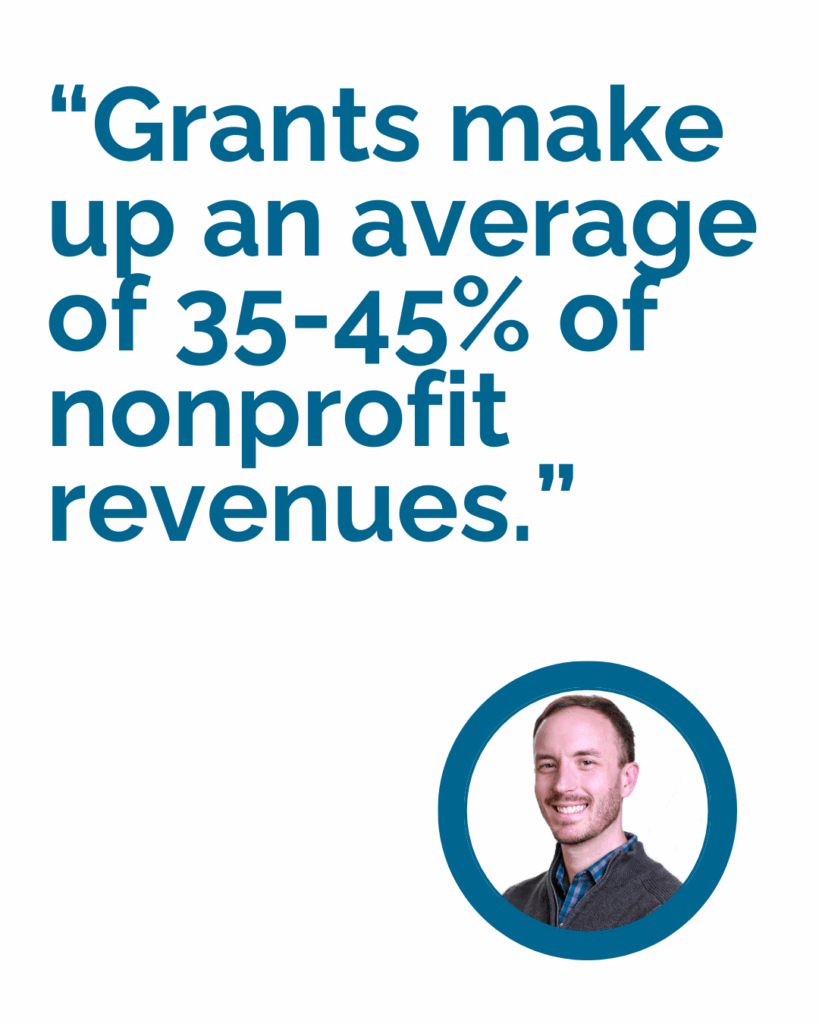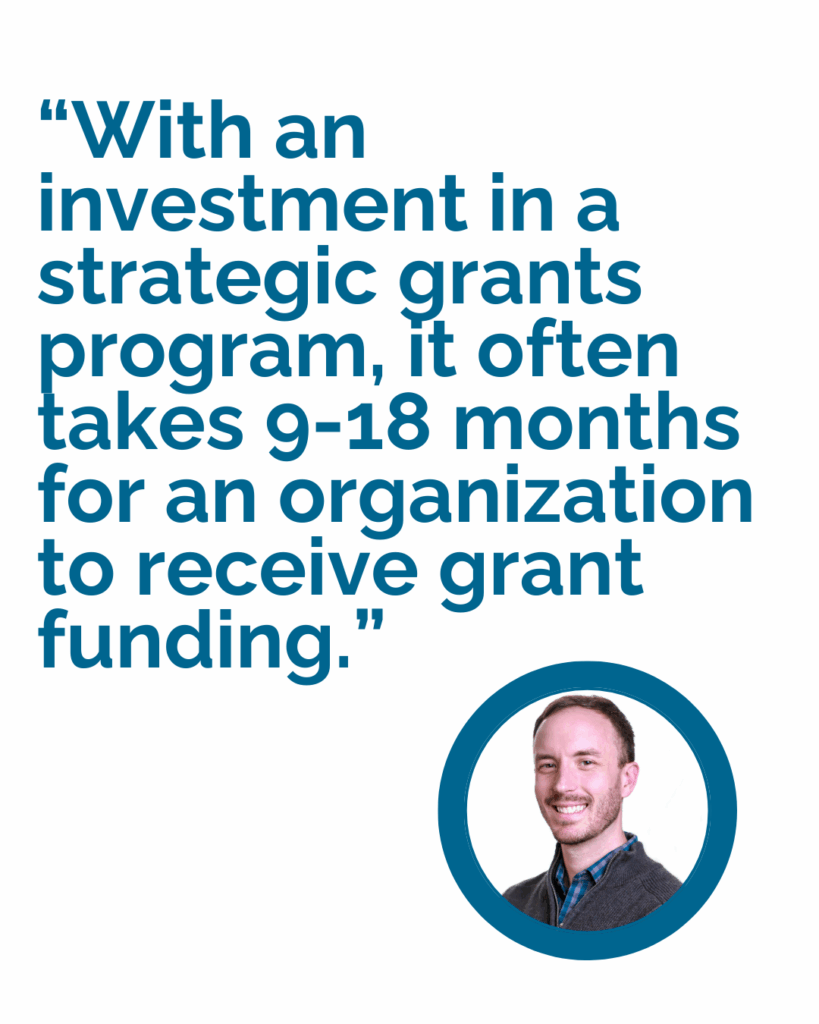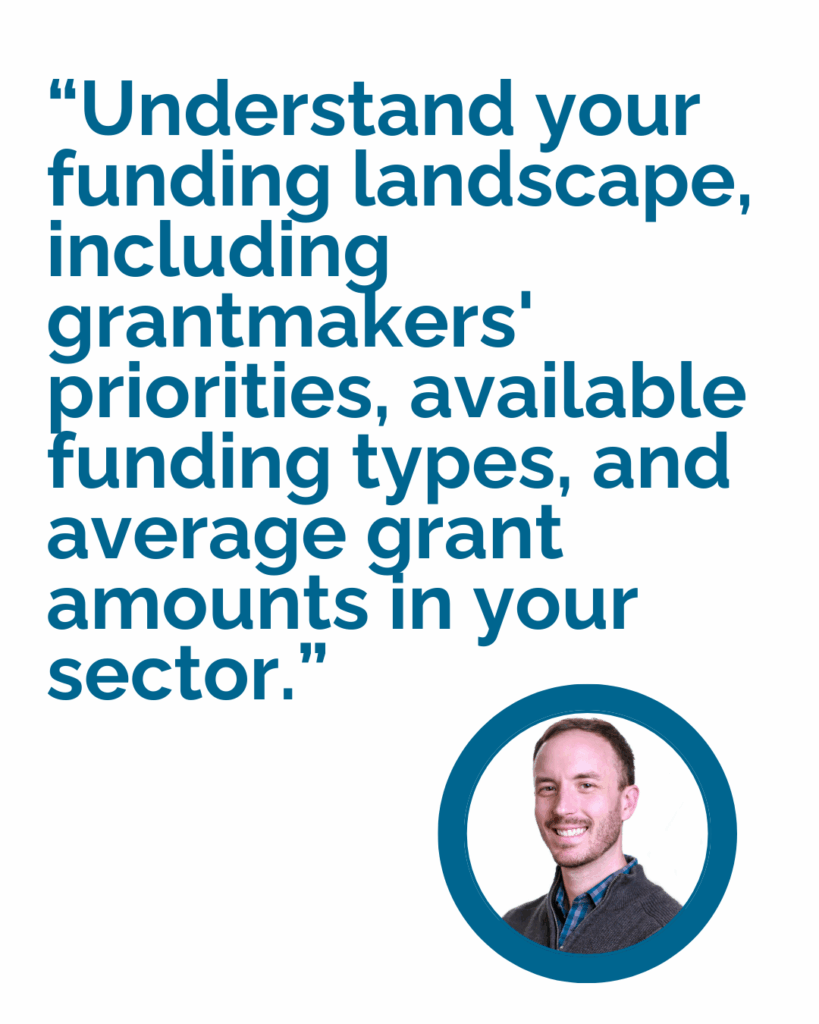Grants are one of the foundational pillars of the nonprofit industry. Whether from government agencies, private foundations, or corporate social responsibility arms, grant funding is estimated to make up an average of 35-45% of nonprofit revenues. Behind these numbers lie hours of research, strategy, cultivation, planning, program implementation, persistence, and patience.
When you begin submitting requests to foundations, you should have the organizational infrastructure in place to not only prepare competitive applications that articulate the change your organization creates, but also to demonstrate that you are in a position to effectively steward the grant funds and maximize the impact of the award.
So how do you know if it’s time to begin investing into a grants program? The Elevate team has identified key benchmarks of organizational readiness that we consider to be essential to establish before investing in a grants program.
1. A Theory of Change
While it is not typically required to have a formally documented Theory of Change, your organization should be able to succinctly explain

the who, what, how, and why of your work. Make sure that your Theory of Change is aligned with the mission and capacity of the organization. With this framing, you’ll be positioned to have meaningful conversations with grantmakers and develop the detailed narratives, workplans, timelines, and budgets that may be required as part of the grant application.
2. Core Funding
While grants may ultimately make up a significant portion of an organization’s revenue, they are not generally the first funding sources for new nonprofits. This can be attributed to a variety of factors, including the long timeline to receive funds and grantmakers’ interest in investing in organizations with a track record of successful outcomes and predictable results. Grant work requires an up-front investment, meaning that in most cases, organizations will need to have other revenue streams support their work until the grants start coming in. In fact, most organizations do not see grant dollars in the door sooner than 9-18 months after they begin the process of researching and pursuing new grant opportunities.
3. Financial Infrastructure
Relatedly, grant applications typically require you to submit organizational and program budgets, accounting records, and audited financial statements. Before approaching a funder, be sure your organization has the proper financial infrastructure to track, administer, and report on the use of funds. Failing to do so can mean the end of a relationship with a funder.
4. Established (and Effective!) Programs
Similar to your Theory of Change, you should have an established program or programs with clearly defined activities, outputs, and outcomes, as well as a plan for how you will use funding. These programs should have clearly defined metrics for impact and success that you can track and report out on. In most industries, this doesn’t need to be a professional third-party evaluation, but you should be able to outline the specifics of your activities and how you know if they have been successful.
5. A Clear Understanding of the Landscape
Before investing time and resources into a grant program, research your organization’s funding landscape, including which grantmakers are supporting peer organizations (an indication that they may be interested in your work) and what type of grant funding is available (such as program-restricted funding, general operating grants, or capacity building). This knowledge enables you to develop plans for your grant program that are grounded in the reality of available funding opportunities. However, grants are not the right funding stream for every organization. An analysis of your landscape can help you to understand whether it makes sense to invest in a grants program, and if so, how to focus your efforts.
Elevate can help organizations with this through a Peer Landscape Analysis Project! Reach out to us to learn more about how to get started.
6. Capacity for Researching and Writing Grants
As I’ve hopefully conveyed, establishing a successful and sustainable grants program requires dedicated capacity and strategy. While it may be feasible for executive or program staff to write an application here and there, if your goal is to develop a robust grants pipeline, it will require significant research, cultivation, proposal writing, reporting, and stewardship. Organizations with limited resources should be creative about how to create and maintain this capacity. Consider dedicating a portion of staff time to these responsibilities, and encourage your board to contribute their time to these efforts. For organizations that need a capacity boost for a few proposals a year, Elevate’s Writing Capacity Projects might be the right fit.
We hope that this list provides a helpful starting point for organizations that are launching a grants program. If you need assistance in tackling one or more of these benchmarks, Elevate’s Grants Accelerator Project Suite can help! We offer a variety of short-term projects focused on these building blocks for a new grants program. Contact us today if you are interested in learning more!
About the Author:

Associate Vice President of Specialized Grant Services


















